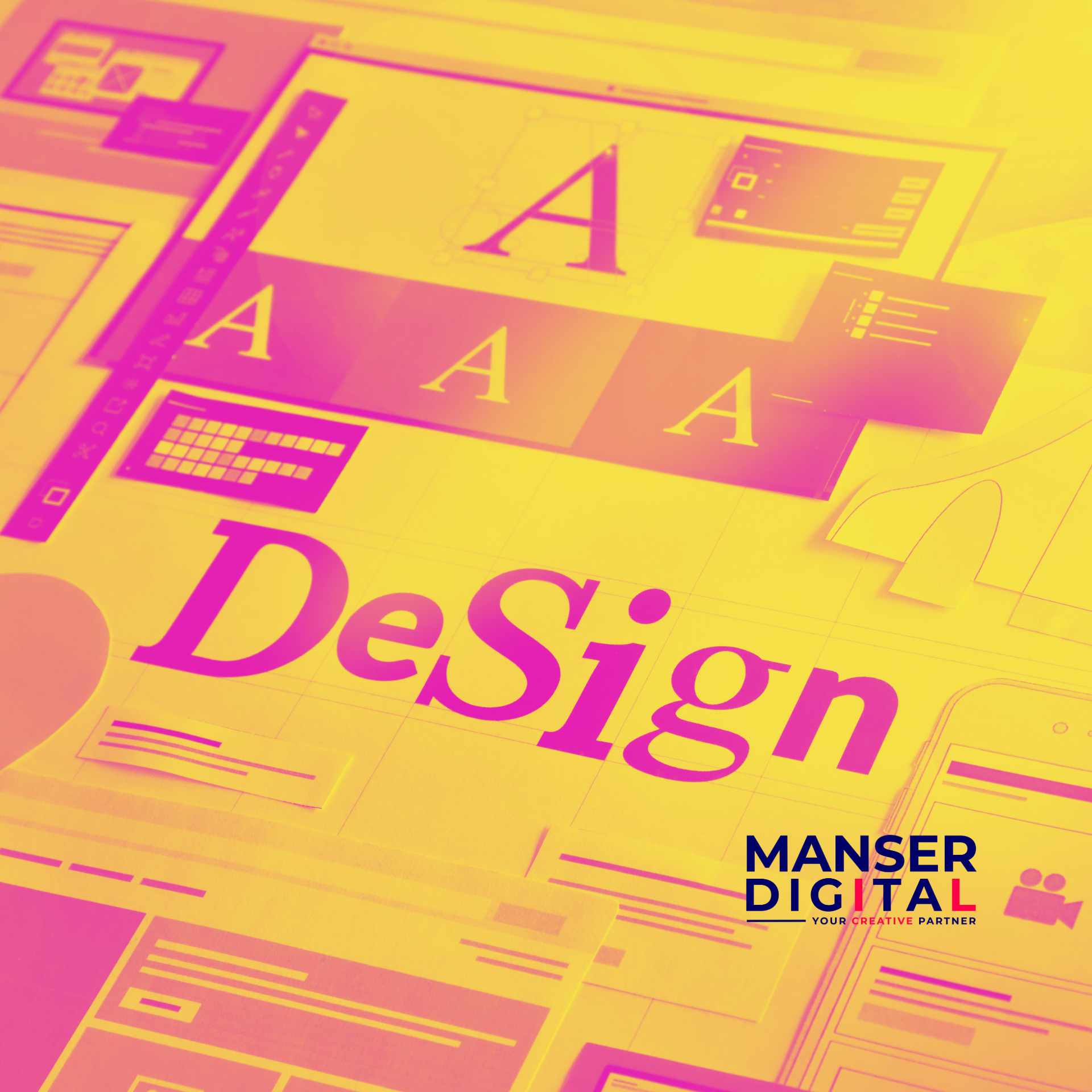AI and images intersect in various ways, significantly impacting how we create, analyse, and interact with visual content.
Here’s how AI is influencing the world of images
Image Creation.
(Generative Art) – creating entirely new images based on training data, using techniques like Generative Adversarial Networks (GANs). These images can range from realistic photos to abstract art.
(Text-to-Image Generation) – it’s models can generate images from textual descriptions. Tools like DALL-E, MidJourney, and others allow users to input text prompts and receive a corresponding image.
(Style Transfer) – applies the style of one image (like a famous painting) to another image, blending the content of one with the style of another.
Image Editing and Enhancement.
(Automated Editing) – performing tasks like colour correction, background removal, and object replacement with minimal human intervention. Tools like Adobe Photoshop’s AI features or mobile apps can automate these processes.
(Image Upscaling) – increasing the resolution of images without losing quality. Algorithms like Super-Resolution use AI to enhance details in low-resolution images.
(Deepfakes) – altering images and videos to create realistic fake content, such as swapping faces in videos, raising ethical concerns about authenticity.
Image Recognition and Analysis.
(Object Detection) – identifying and labelling objects within images, used in applications like autonomous vehicles, surveillance, and photo organisation.
(Facial Recognition) – recognising and verifying human faces in images, widely used in security systems, social media tagging, and smartphones.
(Emotion Detection) – analysing facial expressions in images to determine emotions, useful in marketing, customer service, and research.
Image Search and Retrieval.
(Reverse Image Search) – enables searching for images using other images instead of text, finding visually similar content across the web.
(Content-Based Image Retrieval (CBIR) – helps in searching large databases of images based on visual content, like colour, texture, and shape.
Augmented Reality (AR) and Virtual Reality (VR).
(AR Applications) – AI powers AR by recognising objects and environments in real-time, overlaying digital information on the real world, like Snapchat filters or IKEA’s furniture placement app.
(VR Environments) – helps create and optimise virtual environments, making them more immersive and interactive.
AI in Creative Industries.
(Design and Advertising) – AI tools assist some designers in creating visuals, generating ideas, and personalising content for targeted audiences.
(Film and Animation) – AI helps in creating special effects, generating backgrounds, and even animating characters.
AI is transforming the way we create, edit, analyse, and interact with images. It offers powerful tools for creativity and efficiency but also poses ethical challenges. As AI continues to evolve, its role in the visual domain will likely expand, raising new opportunities and questions about how we perceive and use images.





